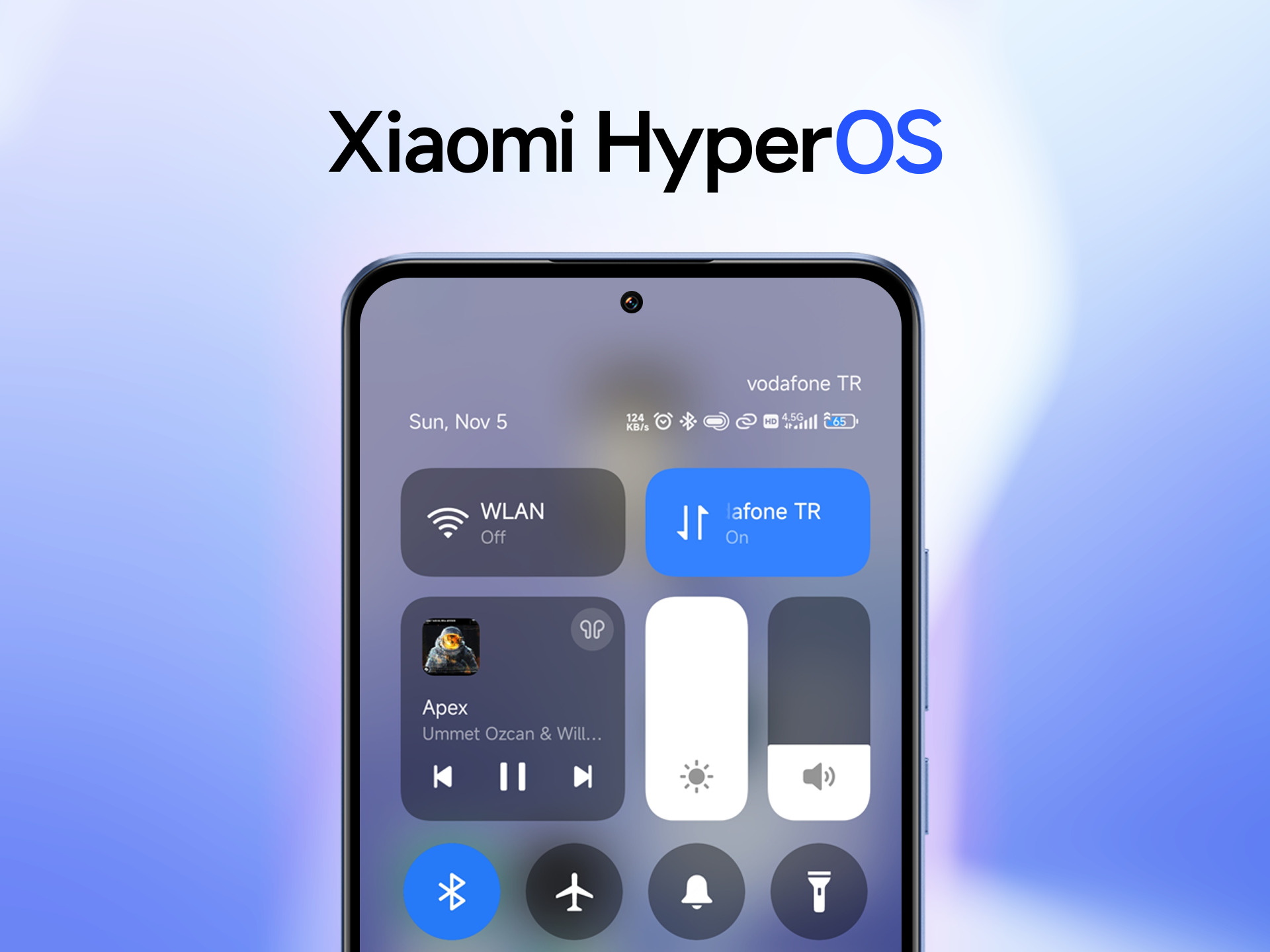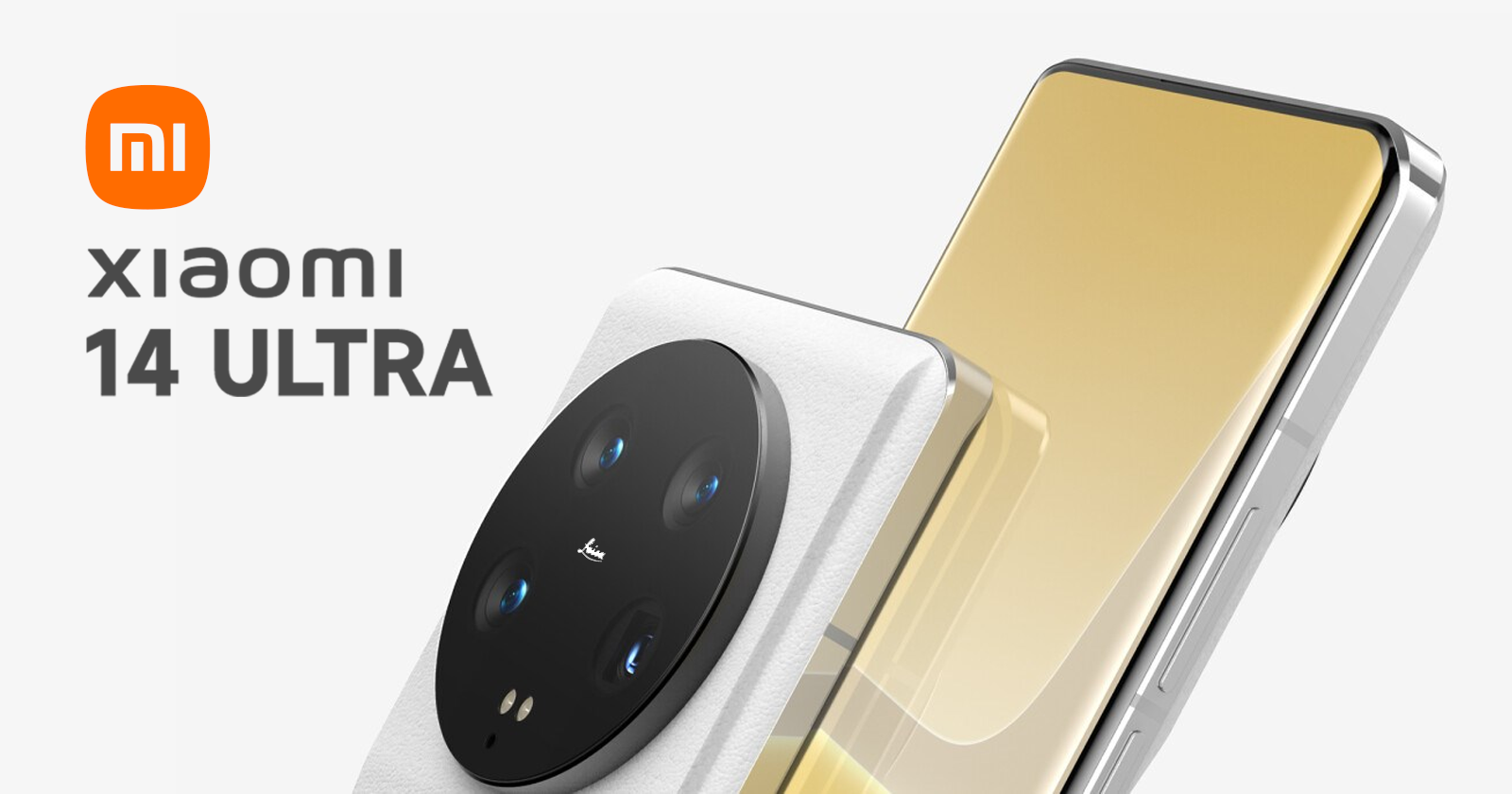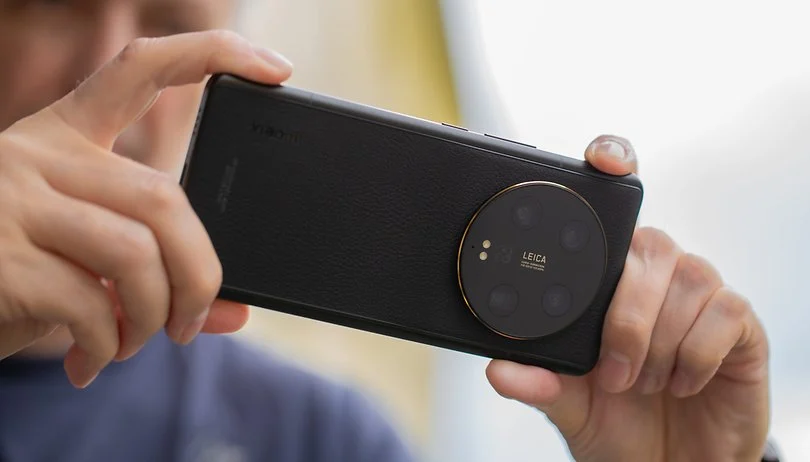Last updated on December 8th, 2022 at 02:29 pm
The blogger tested a transparent Xiaomi TV: very expensive, hard to see, and also broken pixels
Xiaomi last summer unveiled its first transparent TV, the Mi TV Lux OLED Transparent Edition, for an impressive $ 7,200. The novelty is now sold only in China, but this did not prevent the well-known blogger Linus Sebastian from the Linus Tech Tips channel from acquiring this curiosity, and of course, observing it.
Don’t forget to leave us a comment below and let us know what you think!
Share Our Website for Technology News , Health News , Latest Smartphones , Mobiles , Games , LifeStyle , USA News & Much more...





